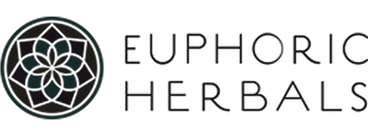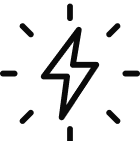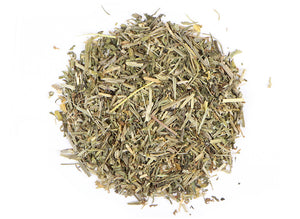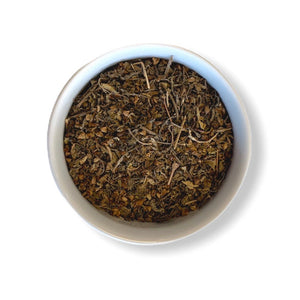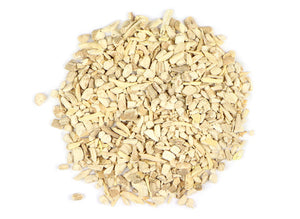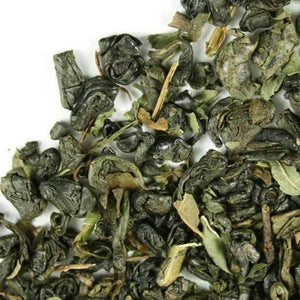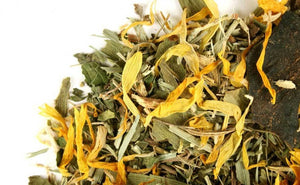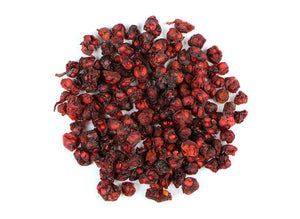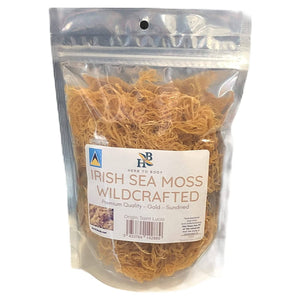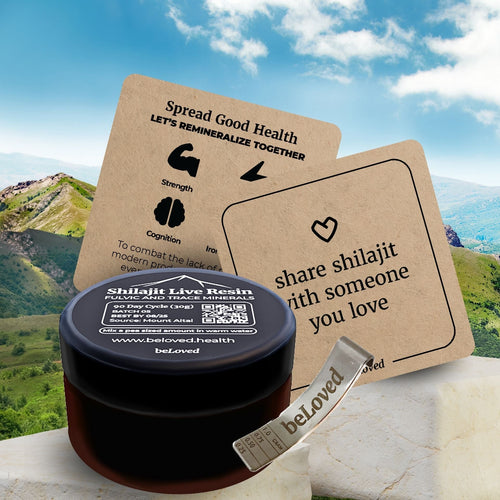One of the things a new mother doesn’t want is sickness when breastfeeding. Some things can be prevented and avoided, while other things, like a staph or MRSA infection, seem to happen when you least expect it. The bacteria that causes staph infections and MRSA can exist on your skin without harming you, but as soon as you get a sore from a poor latch or a plugged milk duct, bacteria can fester.
If you have just been diagnosed with a staph infection or MRSA, you might have a lot of questions like, “Is it okay to breastfeed with MRSA?” Don’t worry. We’re going to answer all those questions, so keep reading.
What Is a Staph Infection?
A staph infection is caused by bacteria called staphylococcus aureus, which is naturally present on the skin and in the nose. Usually, people don’t have issues with staph; but if staph finds its way inside the body through a wound or cut, it can cause boils or blisters, or an infection of the lungs (pneumonia) or bloodstream.
What Is Methicillin-Resistant Staphylococcus Aureus?
Although methicillin-resistant Staphylococcus aureus (MRSA) is similar to regular staph, this kind of bacteria is resistant to antibiotics. MRSA is often associated with a breast infection (mastitis) and abscesses.
MRSA germs can affect people one of two ways:
- Through active infection, where the germs multiply and cause illness or a sore.
- Through colonization, where the germs exist on the skin or inside the nose without any signs of infection or other health issues.
What Are The Symptoms?
A staph or MRSA infection on the skin may look like a small pimple or a boil. The skin will be raised, swollen, and red. There may be pus or other liquids visible. Sometimes, a staph infection is confused for a spider bite.
If you have mastitis caused by MRSA, it means that the bacteria has gotten into the breast tissue. You might have cracked skin around or on the nipple. Symptoms of mastitis include flu-like symptoms, fever, and pain.
However, it is important to note that some people with staph infections do not have visible symptoms. If you think you have an infection, be sure to contact your doctor. They will be able to rule out any other potential health issues.
How Can MRSA Affect My Baby?
Depending on the situation and where you are, certain precautions can be taken. In the hospital, for instance, healthcare providers will be careful with the amount of contact they have between you and your baby. Medical professionals will wear gowns and gloves when working around or with you and yours.
Additionally, your baby will be permitted to stay with you in your hospital room. If you are extremely ill, your baby will be kept in a private area and brought to you when permitted. In the event your baby is in the nursery, they will be kept separate from the other newborns.
However, your baby will only get treated for MRSA if they have an active infection, such as an open wound or rash.
What If My Baby Is Adopted?
If the birth mother of your adopted baby has MRSA, she will be in her room in the hospital and the baby will be kept in the nursery. The adoptive parents will need to wash their hands before visiting their baby and may also have to wear protective gowns and gloves.
Can I Breastfeed With MRSA?
The first question a new mother will always ask when diagnosed with an MRSA infection is whether she can continue to breastfeed her little one. Usually, your doctor is going to tell you to continue. For most infants, breastfeeding is perfectly safe, even with the affected breast. Breastfeeding can assist with drainage and can accelerate healing.
It is also important to know that staph bacteria and MRSA cannot be transmitted through human breastmilk. Therefore, your baby will not be affected by your milk. Yet, bacteria can be transferred through direct physical contact with the affected tissues, particularly if an open wound or sore is present. An open lesion on the nipple or expressed milk that comes in contact with the infection can carry staph bacteria.
Therefore, breastfeeding can safely continue if, and only if, the infant’s mouth and tongue do not come in contact with infected tissues or pus. Any infected areas should be covered with bandages, especially if an incision has been made to drain an abscess.
In the event that you cannot safely nurse without the expressed milk coming into contact with purulent drainage or infected skin, then you may have to express the milk and dump it until the active infection is cleared. This can take anywhere between 24 and 48 hours from the start of antibiotic treatment.
Is Your Baby Healthy?
Another consideration when deciding what to do about breastfeeding with an active MRSA infection is the health of your infant. Experts say that mothers with an MRSA infection can safely breastfeed a baby that was delivered healthy and at full-term. The baby will be protected from the infection in this case.
As mentioned earlier, the area affected by MRSA will need to be kept covered so that the baby doesn’t come in contact with any bacteria. Careful hygiene is also integral. Wash your hands frequently and keep your baby’s hands clean too. Sterilize the pump and your nipple shields. Consider buying disposable breast pads as well.
Is Your Baby Sickly?
Special precautions will have to be taken if your baby is in the Neonatal Intensive Care Unit (NICU), which is small-for-gestational-age or premature. These infants are far more susceptible to MRSA and have increased rates of mortality due to the infection. Infants in the NICU are at the highest risk. This means that nurses and other visitors will have to wear gloves, gowns, and hats when taking care of mothers who are carrying or infected with staphylococcus aureus.
If your baby’s health is fragile, you may opt to pasteurize your breastmilk before feeding. Should that option not be available, then your milk will probably have to be discarded until it has been cleared of infection. That usually happens within 24 hours of starting antibiotic treatment.
The infant will be tested frequently for infection and observed for symptoms. Meanwhile, mothers with an infection will have to pump to maintain breastmilk supply.
What if MRSA is on My Breast?
If you have an active infection, there is no set way on how to proceed. The severity of the infection will greatly influence how it is treated and whether you can continue breastfeeding or not.
Most pediatricians will say that you should continue breastfeeding because your baby has usually been exposed by the time you discover the bacteria or infection. Although many healthcare professionals are wary about MRSA and how difficult it can be to treat, the best way to protect a child that has been exposed is to continue breastfeeding them.
It has been found that mothers can sometimes harbor staph bacteria in their breasts for weeks or even months before their baby has been born. Since a baby will receive immune protection from breastmilk, stopping breastfeeding on account of MRSA could actually worsen an infant’s immune response and make them sick.
That said, there is one caveat. If the infection happens to be close to the nipple or on the areola, many organizations advocate a temporary pause in breastfeeding. Discard the milk from the MRSA-infected breast for the first 48 hours of antibiotics. Continue breastfeeding only with the unaffected breast for 24 hours. Pump and dump milk from the infected one if there is a sore, mastitis, abscess, or a surgical incision to remove MRSA.
Discuss your options with a healthcare professional. The options are going to be dependent on your specific situation.
How Does MRSA Spread?
Most often, we hear about MRSA getting spread in places where a lot of people can be in contact at a single time, such as the gym or the hospital.
MRSA can be easily prevented. Knowing how staph and MRSA are spread is the first step towards preventing infection. Next, commit to healthy hygiene practices. Wash your hands frequently, change your clothing regularly, and make sure your laundry has been thoroughly washed and rinsed. When you have an open wound, cover and treat it correctly to avoid getting an infection.
Other prevention tips include:
- Avoid plugged milk ducts by fully draining your breasts
- Alternating your breasts between breastfeeding sessions
- Avoiding engorgement
- Feeding your baby as frequently as possible (aim for about 12 feedings every 24 hours)
- Avoid rapidly weaning your baby
- Do not wear underwire bras, since the wires can rub and chafe and cause sores
How is MRSA Treated?
The methods of treatment for staph and MRSA are slightly different.
For MRSA, only specific antibiotics can kill the bacteria. If you have an abscess, you may need to receive surgery to open and drain the sores. Your doctor will be the one who decides the best method of treatment.
If you are a breastfeeding mother, the best treatment method will change. Several medications are compatible with nursing, so you do not have to worry about pausing while on a prescription. If you require abscess drainage, you may receive a needle or catheter aspiration so that the infant can remain with you while you heal.
Drains shouldn’t be an obstacle for breastfeeding either. The baby can continue nursing or get expressed milk from the breast as long as their mouth or a pump flange does not come in contact with the drain’s insertion point.
Conclusion
Most studies and resources assert that mothers can continue breastfeeding their babies if they have an MRSA infection and the baby is full-term and healthy. In certain situations, breastfeeding with an active MRSA infection is not recommended, but those situations are rare. If a baby has poor health or was premature, then breastfeeding could potentially be interrupted for 24-48 hours during antibiotic treatment. Pump and dump may be an effective way to deal with the first round of treatment.
In the end, treatment and recovery depends largely on the mother’s unique situation. You will need to consider all the options if it is suggested you pause nursing since stopping can negatively impact your baby’s immunity.
Now that you know more about breastfeeding with MRSA, is there something else you would like to learn about? Do you want to stay informed with updates and other news? Then fill out the contact form to get more articles delivered right to your inbox.
